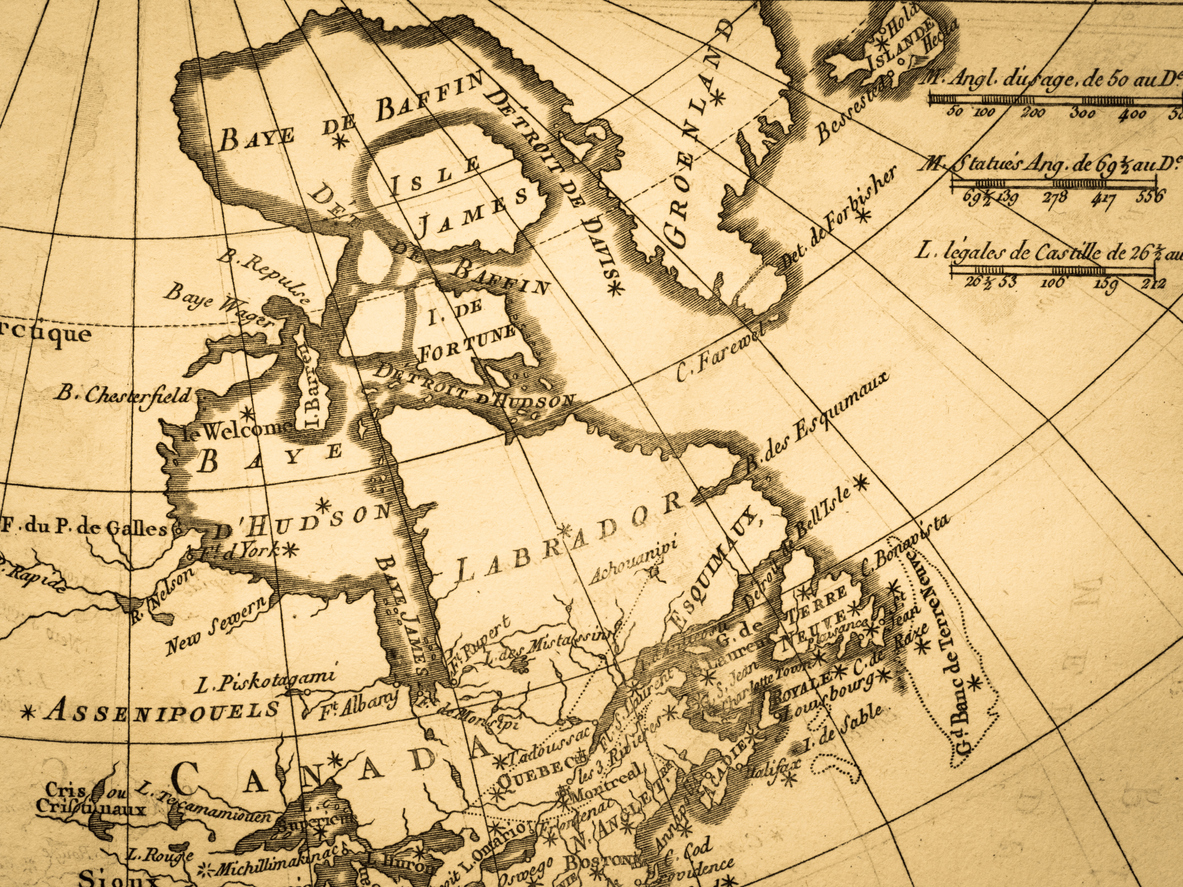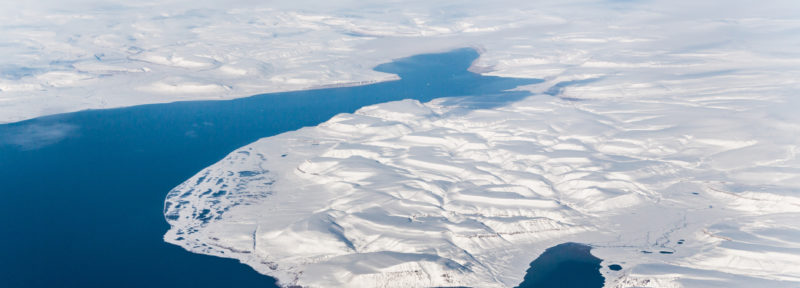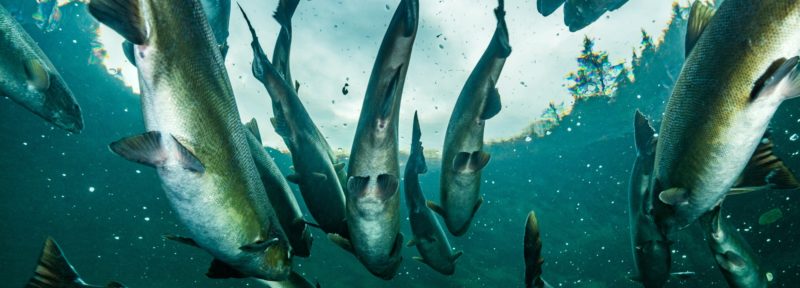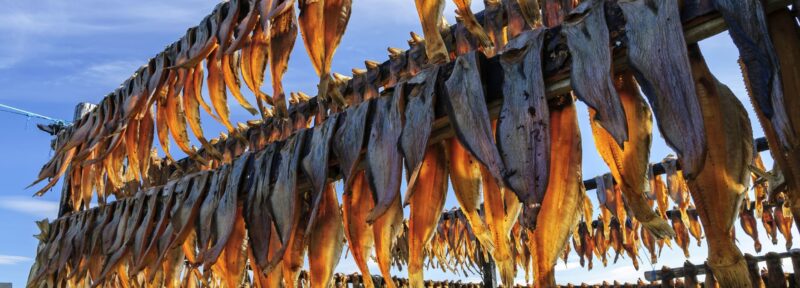Why We Should Limit Fishing North of 72°N
A map of what is now the Canadian Arctic from 1775. While our knowledge has improved, there remains much we don't know about Arctic ecosystems and the impact commercial fishing could have.
ᐃᓕᓴᕆᔭᐅᔪᖅ: y-studio
There aren’t many places left in the world where we have yet to fish. A few areas around Antarctica, the Central Arctic Ocean and the northern part of Baffin Bay are about it. And in all the places where we have come to fish in the past, we have done so in the absence of any clear understanding of the relationship of that area to adjacent areas, the relationship of the fish to adjacent fishes, and the impact of the new fishery on the broader ecosystem. The inherent risk of that approach has been demonstrated time and again throughout the Northwest Atlantic and beyond.
Now these relatively untouched areas are increasingly accessible as a result of climate change. Since its inception, Oceans North has advocated for a prohibition on industrial-scale commercial fishing in the waters north of 72 latitude (72°N) in Baffin Bay. There were and remain a number of reasons why we see this as an important conservation measure.
Firstly, the area north of 72°N has historically been off-limits to fishing due to sea ice, and this would still be the case if not for the rapid loss of summer sea ice in Baffin Bay. This natural barrier to fishing provided a refuge that, though hard to estimate the value of, may have protected fish stocks against overfishing further south. By prohibiting industrial-scale commercial fishing in this area, we can maintain the protection that natural forces until very recently had provided.
Secondly, 72°N currently represents the approximate northern limit of the industrial-scale commercial fishery. Fisheries and Oceans Canada (DFO) policies suggest that fishing north of this area should be dealt with under its Frontier Fisheries Policy, as very little fisheries and oceanic science has been done there. If the policy were applied robustly, any new fishery would have to undergo a stringent scientific examination that would take years to complete, with no guarantee that it would be approved. The process would require a commitment of resources on the part of the department and industry that, frankly, neither have. If a fishery were permitted, it would therefore be done in the absence of good science and with a great deal of uncertainty about sustainability. Again, DFO policy speaks to this: if there is not enough information, that should not prevent the “precautionary approach” from being applied. Limiting fishing north of 72°N is the precautionary approach.
Thirdly, in the coastal communities of Inuit Nunangat, there has been a growing interest in developing community-based fisheries, which could be harmed by industrial-scale fishing. Community-based fisheries, whether for commercial purposes or food, social and ceremonial purposes, are by their nature small, localized, subject to the availability of local resources and dependent on weather and sea ice conditions. This is mostly not true of industrial-scale commercial fisheries, which employ large vessels such as factory ships and fish throughout the range of the stock. Oceans North believes that an industrial scale fishery north of 72°N will compromise the ability of inshore, community-based fisheries to develop and remain viable. An increasing body of research shows that “inshore” fish migrate regularly or intermittently through the adjacent offshore area during their lifecycle. There is therefore a strong probability that an industrial scale commercial fishery 20 miles off Pond Inlet, for example, will have a negative impact on a community-based fishery at Pond Inlet.
In addition to these issues, there is the matter of sensitive benthic areas. While scientific cruises dedicated to identifying coral, sponges and sea pens have been limited, some abundant regions have been identified. DFO policy dictates—and eco-labelling organizations like the Marine Stewardship Council increasingly require—protection of these areas. The problem is two-fold here. Firstly, because the area is so vast and the information so limited, we don’t know how much more there is. Secondly, if we protect just what we know we imply that the rest of the area is okay to fish, which in all probability is not the case.
Prohibiting industrial-scale commercial fishing in the region is not without precedent. In the Canadian and US portions of the Arctic Ocean, there is an indefinite prohibition on fishing until there is adequate science on which to base it. In the Central Arctic Ocean, Canada advocated for a similar approach, citing the potential negative impact on adjacent Inuit communities should an unsustainable fishery occur there. The result was a Fisheries Agreement that prohibited fishing in the face of great uncertainty and was signed by the five Arctic coastal states, the European Union, Japan, South Korea, China and Iceland, which together comprise almost the entirety of the world’s distant water, ice-capable industrial fishing fleet. Consistency might suggest a similar approach be adopted for the Canadian industrial fleet in the waters north of 72°N.
However, as a friend of mine was fond of reminding people, “absolute consistency is the hob-goblin of small minds.” And his words might be something to reflect on. The approach might not have to be absolute, just consistent. If you are interested in what that might look like, check in here next week for another post.





